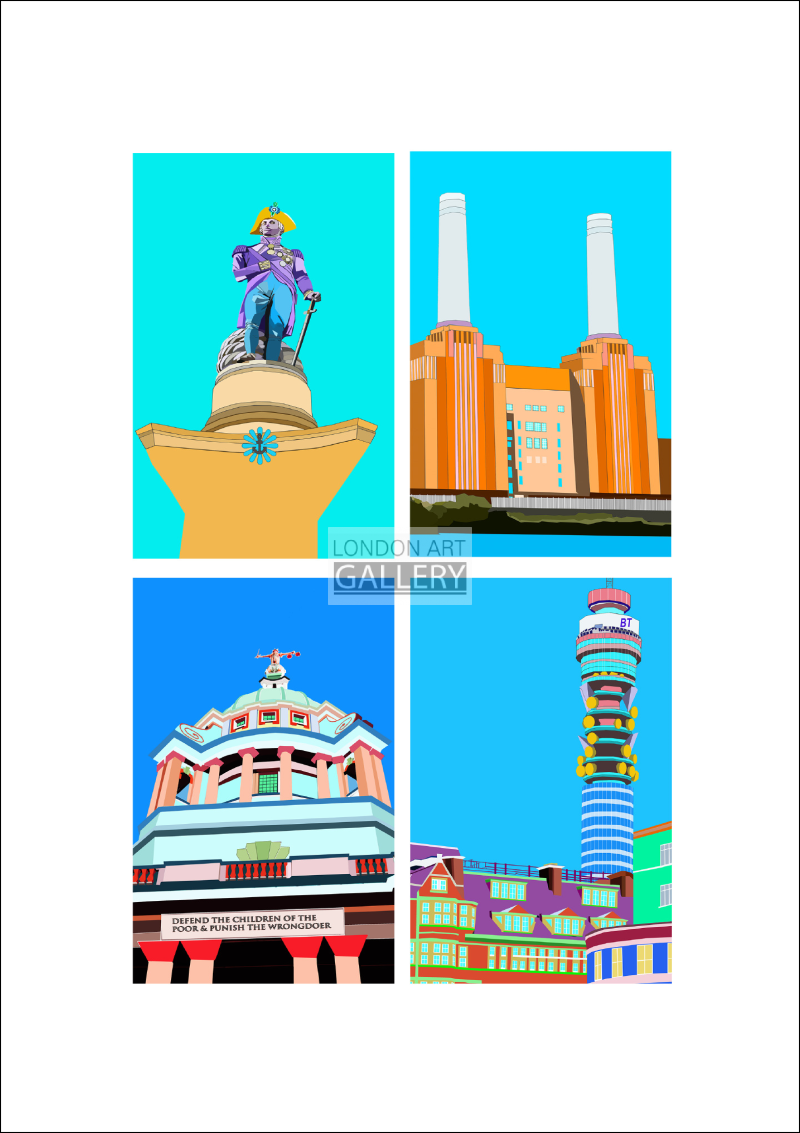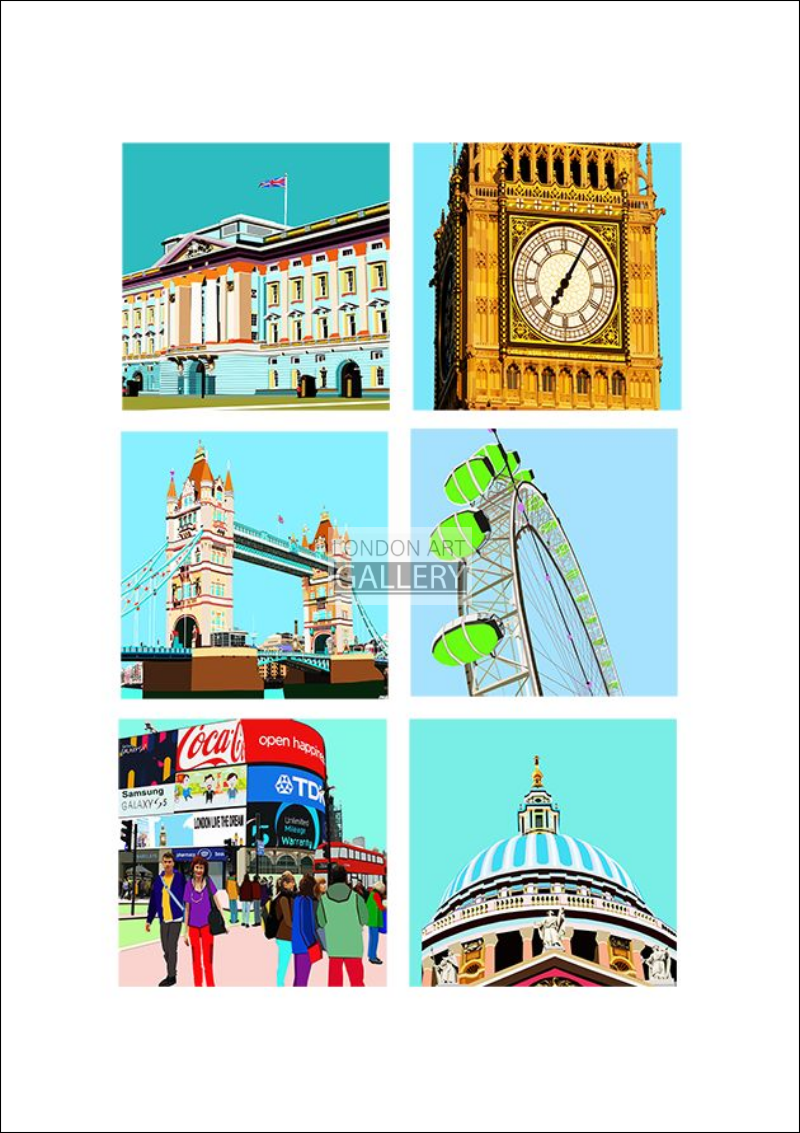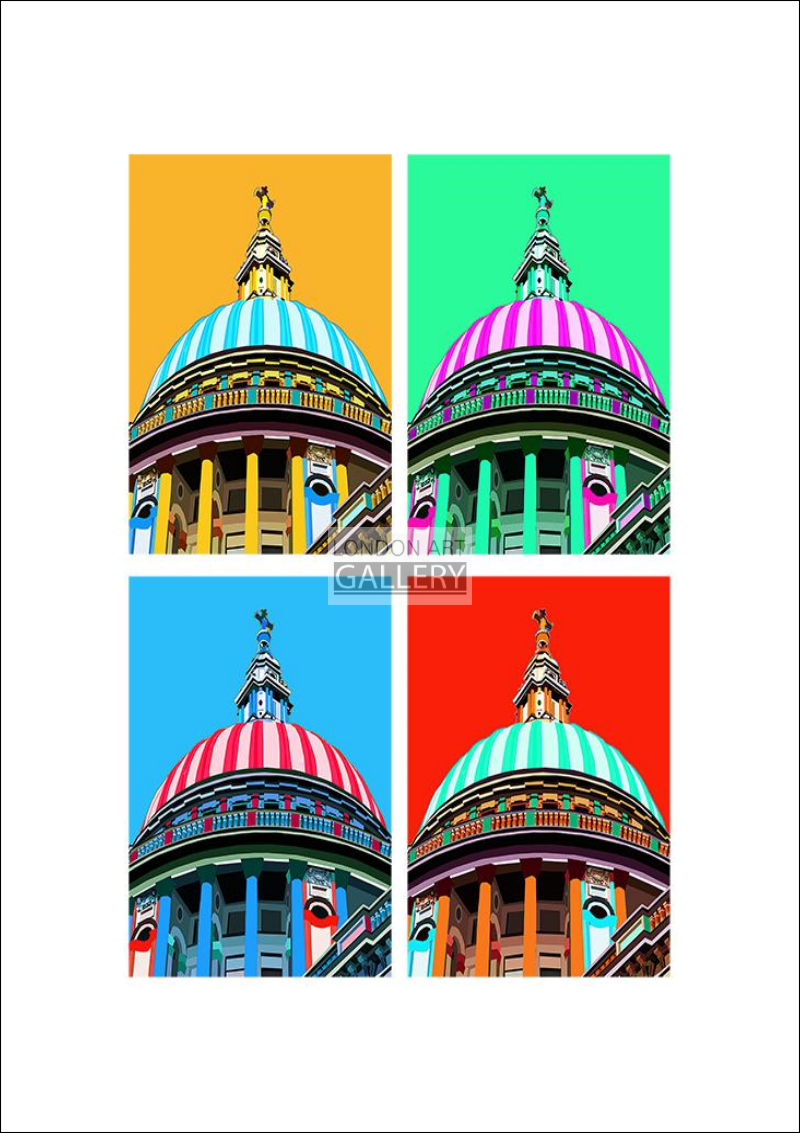Description
Whitechapel Road is a major arterial road in Whitechapel, in the East End of London. It is named after a small chapel of ease dedicated to St Mary and connects Aldgate to the west (as Whitechapel High Street) with Mile End Road to the east. The road is part of the historic Roman Road from London to Colchester, now the A11. The road had become built up by the 19th century and is now a main shopping district in the Whitechapel area. There is an established street market along the road next to Whitechapel tube station. The Whitechapel Bell Foundry and the Royal London Hospital have been based on Whitechapel Road since the 18th century. It remains an important road and is marked with bus lanes, with limited parking.
Several ethnic minority communities have centred on Whitechapel Road. The road was a focal point of the Jewish Community from the 1850s to the 1930s, with many Jewish shops and market stalls. Towards the latter part of the 20th century, the street became an established settlement of the British Bangladeshi community, who now sell a range of authentic Asian food and clothes in the market and on shop fronts. Altab Ali Park sits on the site of the original church at the western end of Whitechapel Road and is a memorial to an Asian worker who suffered a fatal racial attack in 1978.
Euston Road in Central London, England, runs from Marylebone Road to King’s Cross. The road is part of the London Inner Ring Road and forms part of the London congestion charge zone boundary. The road was originally the central section of New Road from Paddington to Islington which opened in 1756 as London’s first bypass providing a route along which to drive cattle to Smithfield Market avoiding central London. Traffic increased when major railway stations, including Euston, opened in the mid-19th century and led to the road’s renaming in 1857. Euston Road was widened in the 1960s to cater for the increasing demands of motor traffic, and the Euston Tower was built around that time. The road contains several significant buildings including the Wellcome Library, the British Library and the St. Pancras Renaissance London Hotel.
Whitehall is a road in the City of Westminster, Central London, which forms the first part of the A3212 road from Trafalgar Square to Chelsea. It is the main thoroughfare running south from Trafalgar Square towards Parliament Square. The street is recognised as the centre of the Government of the United Kingdom and is lined with numerous departments and ministries including the Ministry of Defence, Horse Guards and the Cabinet Office. Consequently, the name “Whitehall” is used as a metonym for British civil service, and as the geographic name for the surrounding area. The name was taken from the Palace of Whitehall that was the residence of Kings Henry VIII through to William III, before its destruction by fire in 1698; only the Banqueting House survived. Whitehall was originally a wide road that led to the front of the palace; the route to the south was widened in the 18th century following the destruction of the palace. As well as government buildings, the street is known for its memorial statues and monuments, including Britain’s primary war memorial, the Cenotaph. The Whitehall Theatre, now the Trafalgar Studios, has been a popular place for farce comedies since the mid-20th century.
Strand is a major thoroughfare in the City of Westminster, Central London. It runs just over 3/4 mile (1,200 m) from Trafalgar Square eastwards to Temple Bar, where the road becomes Fleet Street inside the City of London and is part of the A4, a main road running west from inner London. The road’s name comes from the Old English strond, meaning the edge of a river, as it historically ran alongside the north bank of the River Thames. The street was popular with the British upper classes between the 12th and 17th centuries, with many historically important mansions being built between the Strand and the river. These included Essex House, Arundel House, Somerset House, Savoy Palace, Durham House and Cecil House. The aristocracy moved to the West End over the 17th century, following which the Strand became well known for coffee shops, restaurants and taverns. The street was a centre point for theatre and music hall during the 19th century, and several venues remain on the Strand. At the east end of the street are two historic churches: St Mary le Strand and St Clement Danes.
Several authors, poets and philosophers have lived on or near the Strand, including Charles Dickens, Ralph Waldo Emerson and Virginia Woolf. The street has been commemorated in the song “Let’s All Go Down the Strand”, now recognised as a typical piece of Cockney music hall.





